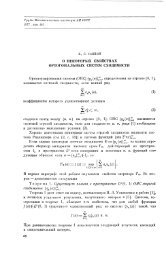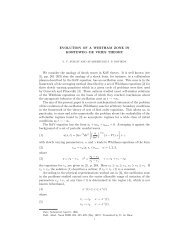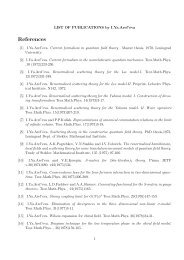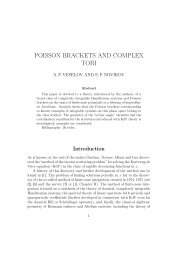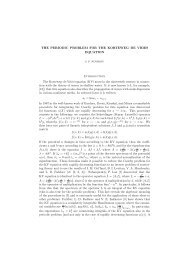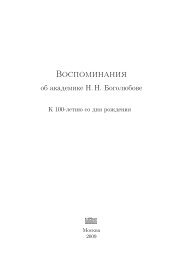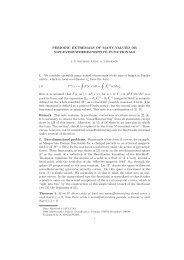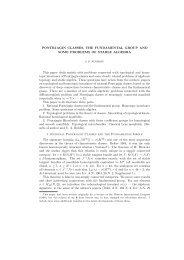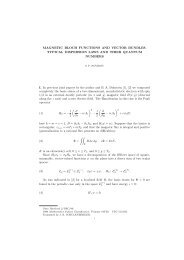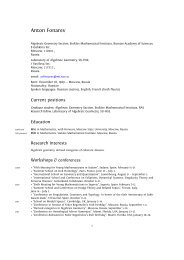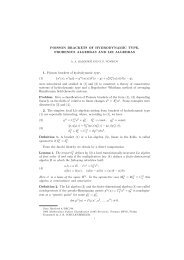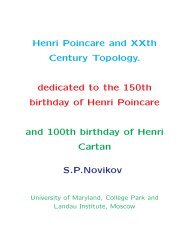Introduction to the AdS/CFT correspondence
Introduction to the AdS/CFT correspondence
Introduction to the AdS/CFT correspondence
You also want an ePaper? Increase the reach of your titles
YUMPU automatically turns print PDFs into web optimized ePapers that Google loves.
10/22<br />
Partition functions. 4.<br />
<br />
<br />
In <strong>the</strong> limit z Ñ 0 <strong>the</strong> equation becomes<br />
homogeneous in z:<br />
z Ñ 0 : f 11 1 ¡ d<br />
z<br />
f 1 ¡ pmRq2 f 0.<br />
z 2<br />
Therefore <strong>the</strong> solution is a power function<br />
f z ∆<br />
Plugging <strong>the</strong> ansatz in<strong>to</strong> <strong>the</strong> equation and<br />
solving for ∆, one obtains<br />
dd 2<br />
Ƭ d 2<br />
¨<br />
4<br />
pmRq 2 .



